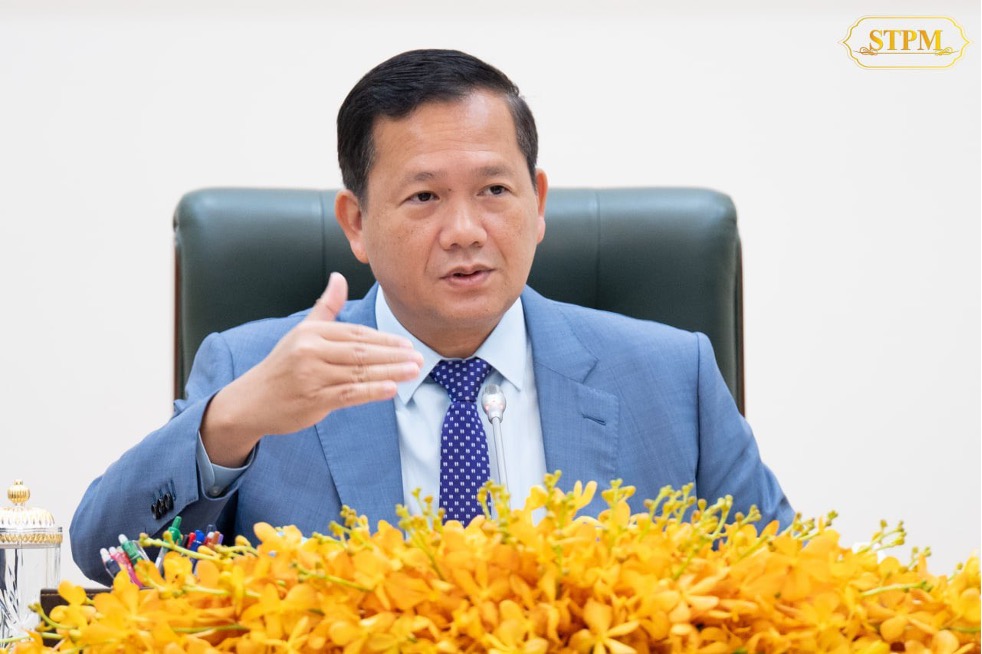
Cambodia E-Services: Digital Ecosystem for Business and Investment

BGA Cambodia Adviser Siriwat Chhem wrote an update to clients on Cambodia’s new Strategy for the Development of E-Services for Business 2025-2028.
Context
- The Cambodian government has officially adopted the Strategy for the Development of E-Services for Business 2025-2028 — a critical step in modernizing how businesses engage with the government. This strategy is part of Cambodia’s broader digital transformation agenda, complementing phase one of the Pentagon Strategy and aligning with Cambodia Vision 2050. By embedding digital infrastructure into the core of public service delivery, the government aims not only to reduce administrative friction but also to create the foundational conditions for a competitive, innovation-led economy that can attract higher-value foreign direct investment.
- The objective is to streamline the delivery of public services for business, reduce regulatory burdens, increase transparency and enhance the ease of doing business — all through integrated digital infrastructure. This initiative builds on the success of platforms like the Online Business Registration and Cambodia Data Exchange (CamDX), which have already facilitated over 42,000 business registrations with a total capital exceeding $15.6 billion. For multinational corporations looking to enter or expand in Cambodia, this signals a strategic shift toward a more predictable, efficient and investor-friendly business environment.
Significance
- More than 28,000 business licenses, permits and certificates have been issued through the integrated digital system, demonstrating tangible uptake and growing reliance on e-services among the private sectors. Despite this progress, a recent survey found that more than 600 of the 714 business-related services ministries offer are still managed through manual or semi-digital processes — highlighting both the scale of opportunity and the urgency for full digital transformation across government.
- Modern digital infrastructure underpins the initiative, including CamDX for data exchange, CamDigiKey for authentication, Bakong for digital payments and verify.gov.kh for document verification. All systems will adhere to a unified technical standard, ensuring security, compatibility and investment efficiency. Cambodia’s approach draws from international best practices, with lessons adapted from platforms like Singapore’s GoBusiness, Malaysia’s BLESS and France’s digital licensing system. These models emphasize streamlined procedures, minimal data entry and user-centric service design, helping Cambodia close the gap with global benchmarks.
Implications
- Institutional coordination and accountability are core to this reform, based on a high-level inter-ministerial working group supported by the Digital Economy and Business Committee, overseeing implementation through annual action plans and performance monitoring. This ensures consistency and builds investor confidence in policy follow-through. More importantly, it establishes a whole-of-government mechanism that aligns ministerial agendas with national digital priorities — reducing policy fragmentation and accelerating the pace of regulatory modernization.
- The strategy delivers clear value for multinational corporations by simplifying regulatory navigation, speeding up market entry and increasing transparency. It also affirms Cambodia’s position as a rising destination for digital-era investment, offering faster, easier and more predictable pathways to growth. This is a prime opportunity for global companies to engage in a regulatory environment that is evolving to match international digital standards.
We will continue to keep you updated on developments in Cambodia as they occur. If you have any comments or questions, please contact Cambodia Adviser Siriwat Chhem at schhem@bowergroupasia.com.
Best regards,
BGA Cambodia Team

Siriwat Chhem
Director
Siriwat is an advisor, a consultant and a former think tank director with expertise in digital transformation, artificial intelligence (AI) and cyberdiplomacy. His professional background includes board positions, executive roles, advisory work and consulting engagements across government, industry and academia. He helps BGA clients navigate the complex global cyberspace to harness digital technology innovation for sustainable development. Prior to joining BGA, Siriwat was founding director of the Asian Vision Institute Center for Inclusive Digital Economy, where he led a team of 50 members, directed the publication of two books and 80 policy papers and initiated national research projects and capacity-building ... Read More
×
























